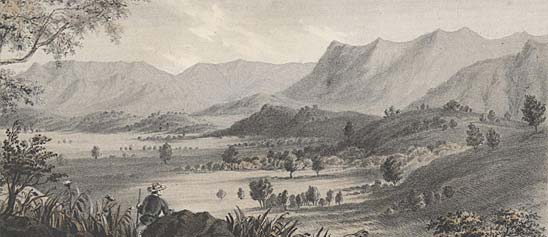This simple object packs a lot of meaning for certain residents of the lower Columbia River near Astoria, Oregon. It is a cedar net float, made about 1955, for use on a gill net, the preferred gear of commercial salmon fishermen in the area.
- Description
-
This simple object packs a lot of meaning for certain residents of the lower Columbia River near Astoria, Oregon. It is a cedar net float, made about 1955, for use on a gill net, the preferred gear of commercial salmon fishermen in the area. While this float was never used for that purpose, it remained in Astoria where, some fifty years later, it was fashioned into this object commemorating the fishery’s former significance.
-
The original float was made at the Columbia Net Floats Mill, which operated in Astoria from 1952 to 1959. According to mill worker and fisherman Cecil Moberg, “There were three steps in the process to make floats. The bolts of cedar were cut into six inch blocks by a twenty-four inch cutoff saw. The next machine was a ram device, which pushed the blocks through a round die. A hole was drilled through the center of the block by a belt driven wood lathe. The blocks were then put on a high speed lathe and were hand turned in three motions: one sweep to the right, one to the left and one finishing sweep over the whole float, giving them a smooth finish.”
-
Moberg estimated the mill produced about three million floats in seven years of operation. Considering that an average Columbia River gillnet was about 1500 feet long and had about 500 floats, it is not hard to imagine a need for millions of floats among local gill netters.
-
By the time the mill closed, fishermen had begun using plastic floats. The surplus cedar floats were eventually given to the Columbia River Maritime Museum’s Auxiliary. Members of that group, including donor Frankye D. Thompson, were inspired to create souvenir items to call attention to Astoria’s past. They cut the floats in half and affixed the flat side with images from the fishery’s heyday. The photo on this float shows the fleet of sailing gill net boats around the turn of the 20th century. Called the “Butterfly Fleet” by Astorians, the small, sprit-rigged vessels are emblematic of the town’s fishing heritage. A piece of lead and lead line decorate the float, and historical information provided by Cecil Moberg is provided on a piece of paper rolled to fit inside the hole where the float would have been strung on the float line.
- Date made
-
ca 1955
- mill worker and fisherman
-
Moberg, Cecil
- display surplus cedar floats donated by Columbia Net Floats Mill
-
Columbia River Maritime Museum
- maker
-
Columbia Net Floats Mill
- ID Number
-
2005.0150.01
- accession number
-
2005.0150
- catalog number
-
2005.0150.01
